In the mystical realm of exotic pets, the hypoallergenic chinchilla emerges as a charming protagonist, captivating the hearts of pet enthusiasts around the world.

Let’s embark on a whimsical journey through the fascinating world of these allergy-friendly furballs, exploring their unique characteristics and dispelling common misconceptions.
What Sets the Hypoallergenic Chinchilla Apart?
Curious about what makes these fluffy creatures hypoallergenic? Let’s break it down.
Hypoallergenic pets typically produce fewer allergens, making them suitable for individuals with sensitivities. The hypoallergenic chinchilla, with its luxurious fur and charming demeanor, stands out as an ideal choice for those seeking a low-allergy pet.
What Makes the Hypoallergenic Chinchilla Unique?
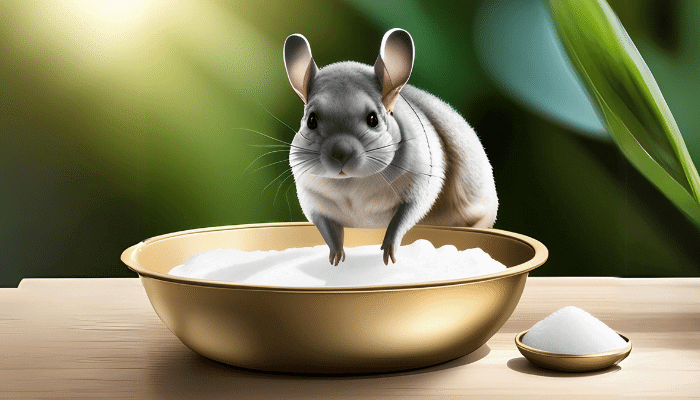
In the ever-evolving landscape of hypoallergenic pets, the hypoallergenic chinchilla stands out as a fur-covered marvel. These creatures boast a special fur type that significantly reduces allergic reactions in sensitive individuals.
Unlike their conventional furry counterparts, chinchillas possess a hypoallergenic quality that makes them suitable companions for those with pet allergies.
Understanding Hypoallergenic Qualities in Chinchillas
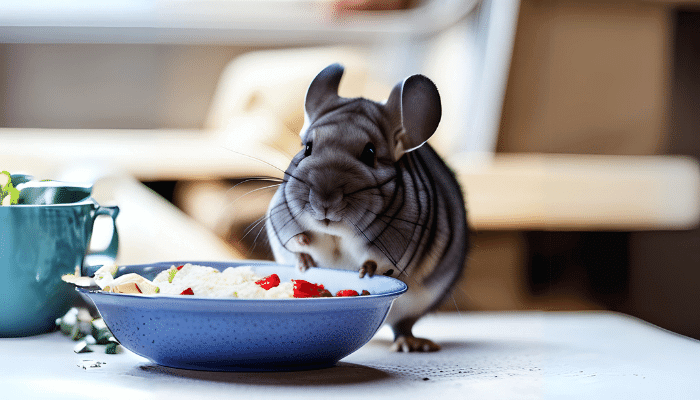
Before diving into the specifics, it’s essential to understand what hypoallergenic means in the context of chinchillas.
Hypoallergenic chinchillas have a unique coat composition that minimises the shedding of allergenic proteins. Unlike other furry companions, these adorable rodents are less likely to trigger allergic reactions, offering a cuddly solution for allergy sufferers.
Benefits of Having a Hypoallergenic Chinchilla

Let’s break down the reasons why hypoallergenic chinchillas stand out in the world of pets.
Low Allergen Profile: Unlike many furry pets, chinchillas boast a low allergen profile. The absence of allergenic proteins in their fur significantly reduces the risk of triggering allergic reactions, making them an excellent choice for individuals prone to allergies.
Clean and Odor-Free Companions: Chinchillas are meticulous groomers, ensuring their fur remains clean and free from odors. This cleanliness not only adds to their charm but also minimizes potential allergens, contributing to a healthier living environment.
Minimal Shedding Woes: Say goodbye to relentless vacuuming! Hypoallergenic chinchillas shed minimally, reducing the hassle of dealing with copious amounts of fur. This characteristic not only benefits allergy sufferers but also makes chinchillas a low-maintenance pet.
Reduced Allergy Symptoms: Experience the joy of pet companionship without the sneezing and itching.
Low Maintenance Grooming: Say goodbye to constant vacuuming; hypoallergenic chinchillas shed less, easing your cleaning routine.
Interactive Companions: Despite their small size, these creatures are incredibly social and enjoy human interaction.
Long Lifespan: Hypoallergenic chinchillas can live up to 15 years with proper care, providing enduring companionship.
How to Care for Your Hypoallergenic Chinchilla
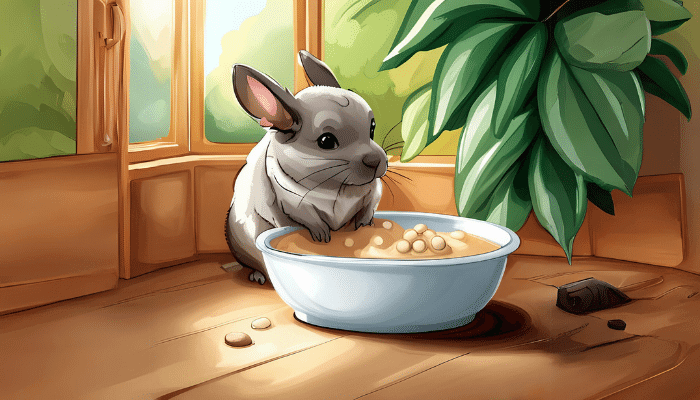
Owning a chinchilla, hypoallergenic or not, comes with responsibilities. Here’s a handy guide to ensure your fluffy friend thrives:
Housing and Environment
Creating a comfortable habitat is crucial for your chinchilla’s well-being.
Choosing the Right Cage: Opt for spacious, well-ventilated cages with multiple levels for exploration.
Temperature Considerations: Chinchillas prefer cooler environments; ensure a temperature range of 60-70°F (15-21°C).
Dust Baths: Provide dust baths for proper fur maintenance; chinchillas bathe in fine dust to remove excess oils.
Nutrition and Diet
Maintaining a balanced diet is vital for a healthy chinchilla.
High-Quality Pellets: Invest in premium chinchilla pellets rich in fiber and low in fat.
Fresh Hay: Make sure to supply fresh hay daily; it aids digestion and keeps their teeth healthy.
Limited Treats: While treats are enjoyable, moderation is key to prevent obesity and health issues.
Health and Wellness
Regular veterinary check-ups and attentive care contribute to a happy, healthy chinchilla.
Veterinary Visits: Schedule routine check-ups to monitor your pet’s overall health.
Chew Toys: Provide appropriate chew toys to prevent dental problems; chinchillas’ teeth continuously grow.
Exercise Opportunities: Create a safe play area for your chinchilla to exercise and explore.
Unveiling the Chinchilla Lifestyle
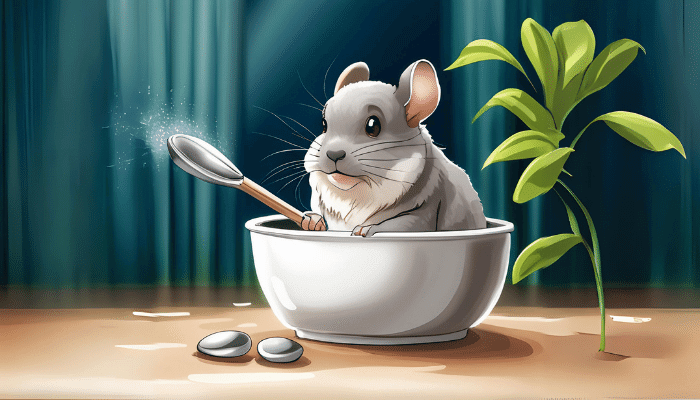
Now that we understand the hypoallergenic charm of chinchillas, let’s take a closer look at their lifestyle and how they seamlessly fit into various households.
Chinchilla Habitat Essentials: Creating the perfect living space for your hypoallergenic chinchilla involves a few key elements. A spacious cage, dust baths, and safe chew toys are essential for their physical and mental well-being.
Dietary Delights for Chinchillas: Like any pet, chinchillas have specific dietary needs. A well-balanced diet of pellets, fresh hay, and occasional treats keeps them healthy and happy. Remember, a happy chinchilla is a hypoallergenic joy!
Chinchilla Social Dynamics: Chinchillas are social creatures, and having a companion can enhance their well-being. Consider adopting a pair to witness their playful interactions and double the hypoallergenic joy in your home.
Exploring Chinchilla Fun Facts
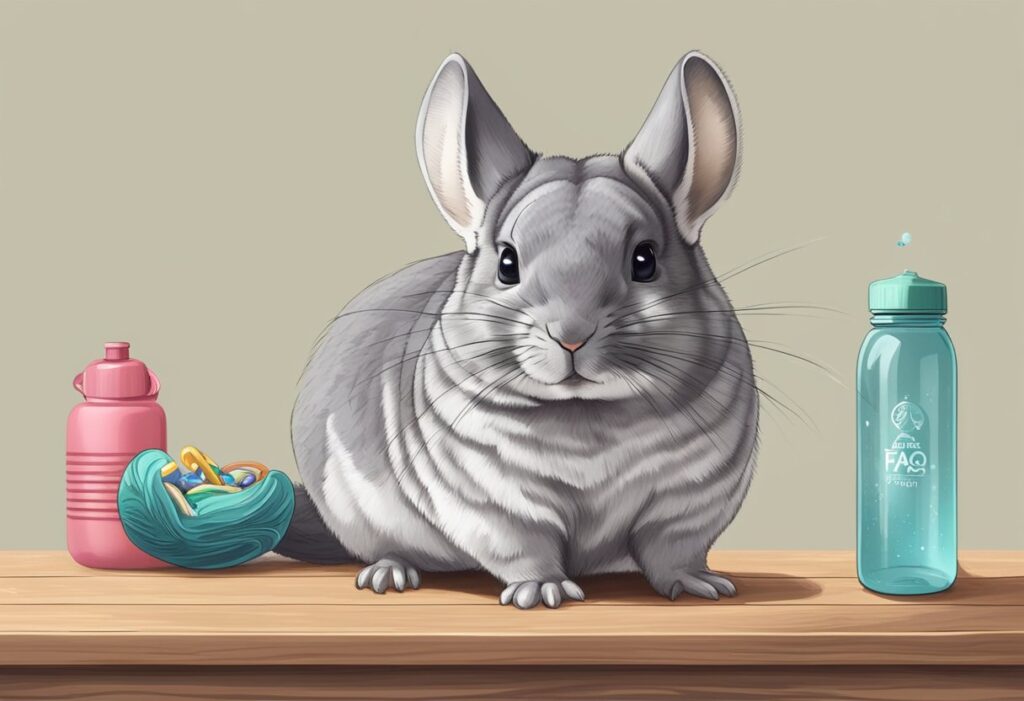
Let’s uncover some fascinating tidbits about chinchillas that add to their charm.
Chinchillas’ Dust Baths: A Unique Grooming Ritual
Chinchillas don’t take water baths; instead, they indulge in dust baths. This unique grooming ritual helps maintain their soft and hypoallergenic fur.
Chinchillas: Natural Jumpers and Climbers
Known for their agility, chinchillas are exceptional jumpers and climbers. Providing them with platforms and opportunities to explore enhances their well-being.
Chinchillas’ Love for Chew Toys
Chinchillas have ever-growing teeth, and providing them with chew toys is not just a treat but a necessity. It keeps their teeth healthy and your furniture intact.
Conclusion
In the realm of hypoallergenic pets, the chinchilla stands tall as an adorable, low-allergen companion. Their velvety fur, minimal shedding, and charming personalities make them a delight for families and individuals alike.
So, if you’re yearning for a furry friend without the sneezes and sniffles, consider welcoming a hypoallergenic chinchilla into your home.
FAQs About Hypoallergenic Chinchillas

Are hypoallergenic chinchillas suitable for families with children?
Absolutely! These gentle creatures make wonderful family pets, fostering a sense of responsibility in children.
Do hypoallergenic chinchillas require special grooming?
While they shed less, regular dust baths are essential for maintaining their luxurious fur.
What is the average lifespan of a hypoallergenic chinchilla?
With proper care, hypoallergenic chinchillas can live up to 15 years, offering long-term companionship.
Are there specific allergy precautions for chinchilla owners?
Regular cleaning, proper ventilation, and maintaining a hypoallergenic environment minimize potential allergens.
Can Chinchillas Be Kept in Apartments?
Certainly! Chinchillas adapt well to apartment living, given they have enough space to move around and explore. Just ensure a chinchilla-friendly environment.



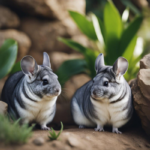



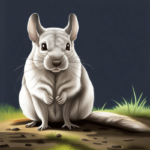

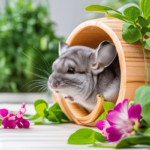

1 thought on “Hypoallergenic Chinchilla Care: Tips for Allergic Owners”